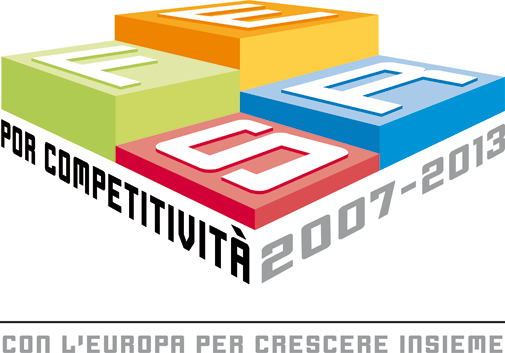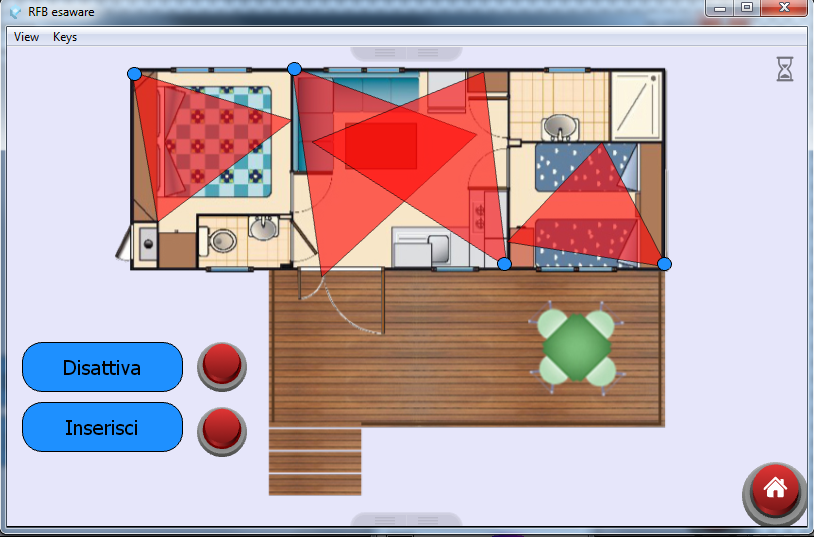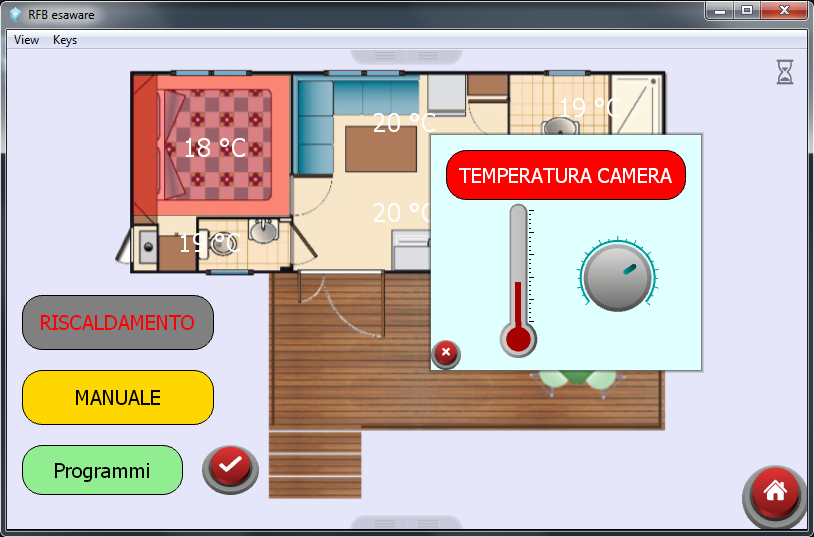June 2013 – December 2015 The increase in life expectancy in our society implies an expansion of the portion of the population that is potentially more fragile, such as elderly and disabled people. For example, only for Lombardy Region, the number of persons 65 and over is estimated to be 3.5 million in 2043 with respect to the current 2 million (an increase of %75 in less than thirty years) while at national level, the percentage of persons 65 and over will go from the currently %20 of the total population (12 million) to a percentage more than %32 in 2043.
With such a prospect, it is essential to implement integrated solutions, that is models of intervention that engage a range of actors with an interdisciplinary approach, in order to guarantee the highest possible level for the quality of life. The proposed approach is based on a strategy that considers the integration and interaction between two solutions of Ambient Assisted Living and Social Networks (associations, reference cooperatives, socio-sanitary services) in addition to the persons with tightest affective connections. The strength of this synergy lies in the combination of the social network’s capacity for collection and analysis of the needs of the fragile people with the innovate and technological capacity of the researchers. Fragility identifies a condition of risk and vulnerability that is characterized by an unstable equilibrium in front of negative events; this condition could arise for different reasons and implies high both economic and social costs. Moreover, the society in which we live puts us at countless risks the consequences of which are to be added to the ones derived from the natural process of ageing: sudden alterations in economic conditions, the changes in the labor market and family assets make us think about the necessity to find new ways to support fragility also in the light of the recent crisis in Italian welfare. The difficulty to conduct a most possible autonomous life is one the most relevant social consequences of this process. The ADALGISA: Safe, Friendly, and Smart House Project lies perfectly in this context with the strategic goal (that represents also – and not only- an important competitive factor in entrepreneurial market) of building a technological platform capable to offer flexible, personalizable, and integrated tools with social and relational functionalities in support of a most autonomous life possible for the fragile people. In particular, the project aims to create the necessary conditions to promote the improvement of the quality of the life of the people with fragility and their families through an inclusive, parametric, and adaptive technological platform that takes into account both the living and socio-familial-sanitary environments. The goal is to provide new opportunities for communication, interaction, monitoring, and intervention towards the person with fragility that go beyond the spatial limits and that are feasible and cost-effective in the whole regional territory. Specifically, the project aims to:
- Develop a technological platform with limited costs that includes: a domotic system in support of the individual independence that is highly customizable, a monitoring infrastructure of the indoor environment to measure locational and environmental parameters, an infrastructure for communication and management of the alarms and interventions from the socio-familial-sanitarial context and an adhoc software interface to support the independence of elderly in their living environment and in their communication with the socio-familial network. Configurability and adaptability of the whole system allow, after analyzing the characteristics of fragile subjects, to identify the requirements that should be satisfied by the technological platform both in relation to the interaction with the user and in relation to the support/intervention structures, family members, friends, and tutors, in a way to define th most appropriate socio-technological project;
- Analyze the the fragility-tool (technological, social, health service) relation in order to construct an infrastructure around the fragile person that promotes his/her independence and social inclusion, and that decreases the feeling of loneliness and abandonment;
- Promote the visibility of the existing territorial networks, associations for the elderly and for disabled people, in connection with other manifestations of the third sector and public administration; promote their collaboration in the project definition stage and in experimentations, developing their capacity in participation in service management;
- Experiment the prototype of the technological platform that is the subject of this project on real cases.
In the above mentioned context, ESA Automation gave a relevant contribution on developing the software platform to enable elder and fragile people to use web based applications in order to perform some tasks in the daily life and to communicate with their relatives and care-givers, a domotic platform with a cloud based remote access, including the tools for the configuration of the user interfaces and a full fledge series of control and visualization devices.



